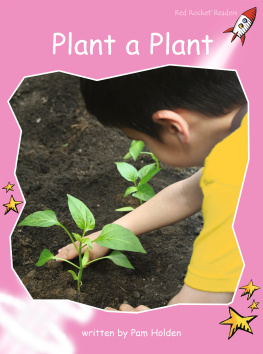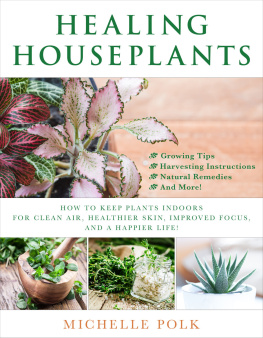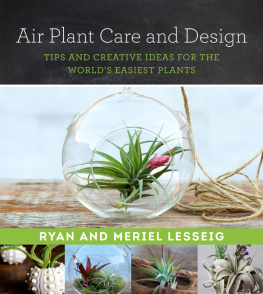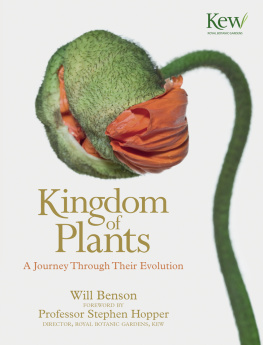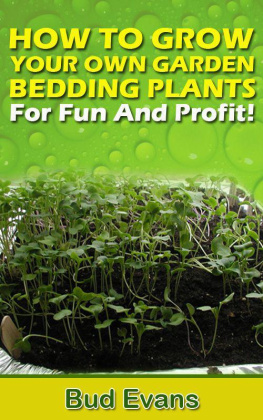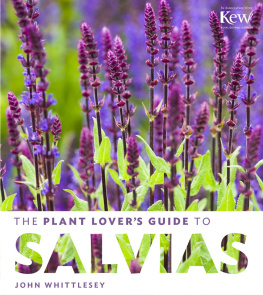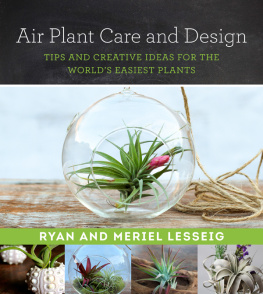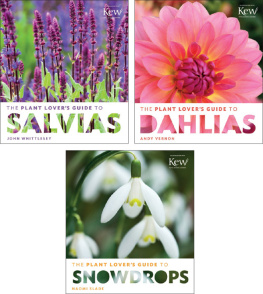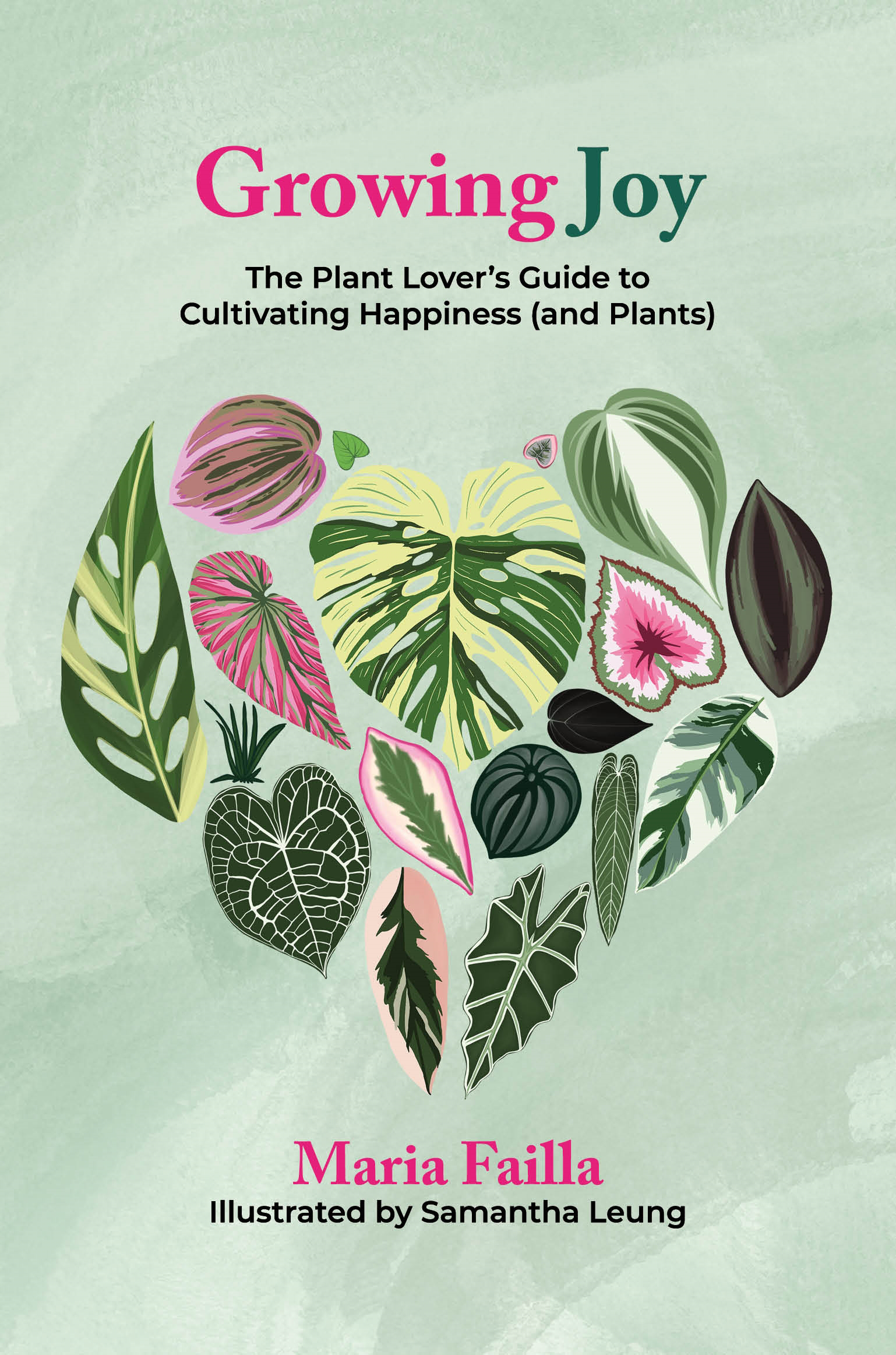Contents
Guide
Pagebreaks of the print version


The author and publisher have provided this e-book to you for your personal use only. You may not make this e-book publicly available in any way. Copyright infringement is against the law. If you believe the copy of this e-book you are reading infringes on the authors copyright, please notify the publisher at: us.macmillanusa.com/piracy.
For my mom, who taught me how to grow: in the earth, in my head, and in my heart.
Gardening: good for your mind, good for your heart, and good for your ass.
my mom, Sandy Failla
Weve only just met, but Im going to confess something to you. I wrote this book about joy in what seemed to be the least joyful period of my life. Funny how that happens. When I first envisioned this book, I had my list of ideas and practices all lined up and tied in a pretty bow for you. I had been using these tools for years and knew these stories and suggestions would help you disconnect from screens, reconnect with yourself, and blow your freaking mind with moments of awe, peace, and delight. The practices well talk about in the coming pages have done exactly that for me and many members of my planty community for many years.
But then there was a little plot twist when the time came around for me to actually write this book, my life kind of imploded in the midst of the coronavirus pandemic: I lost my job, my wedding was postponed due to social distancing mandates, and through a series of unexpected events, my partner and I had to move three times within one year, with a six-month stint living with my parentsthe ultimate romantic dream for any engaged couple. It felt like everything I knew was flipped upside down, and the fear, uncertainty, and loss were all-consuming.
Months into this transitional time, I looked around at my plant collection and noticed that my plants looked miserable: limp leaves, thirsty, yearning for light. Seeing them so unhappy made me pause and realize how much I related to them. In the midst of moving, pivoting, and mourning, I had let the beautiful practices and routines I had developed around my plant collection lapse. This realization hit me like a two-ton bag of potting mix. And then a deeper realization set in: while I let my plant care routine lapse, I had also let my therapy and workout appointments slip through the cracks. I had stopped checking in with friends and my screen time was at an all-time high. My plants and I both needed some serious nurturing.
In that moment, I knew it was time to double down, and walk the walk of using plants as not only a tool for joy and self-development, but as a lifeline. I committed to engaging with a plant once a day, every day, and reintroducing these tried and true strategies into my new life circumstances. Ultimately these growing joy practices were stress-tested by the realities of life during one of the hardest seasons Ive ever experienced.
Slowly but surely my plants perked up. Slowly but surely, I felt myself coming alive again alongside them. This year, a truth I had known for a while grew deeper roots within me: plant care is an opportunity for self-care.
Growing Joy isnt about the actual plants we cultivate. Its about the feelings that result from witnessing life from a new perspective. Its not only about celebrating new growth and blooms, but also about honoring and trusting the dormancy and lost leaves of our lives. Its about honoring the seasons our plants and we go through, and trusting they are cyclical and will return when its time. When we can root ourselves in that perspective, anything is possible.
Ive written this book about joy, not because it comes easily, but because Ive had seasons where Ive struggled to find it, and plants have been the answer to my search. Like our plants, joy ebbs and flows, grows and dies back. It shape-shifts, it evolves; its sometimes easy to find, and sometimes rather elusive. Regardless, we all need more of it in our lives. I dont claim to have all the answers, but I do know that if youre open to itthis stuff works. No matter what season of life you are inwhether you are simply looking for some fun ways to enliven your days, suggestions for how to take the next step in plant parenthood, or maybe youre looking for something deeperwherever you are, I see you, and Im here for you. Lets grow some joy together, one leaf at a time.
Ive spent the last several years shouting plants praises from every mountaintop or microphone I can get to and even made a business around helping people successfully care for plants and cultivate more joy in their lives, but guess what: I used to be an epic plant killer. Yep, you heard me right. I, Maria, the author of this book, whove dedicated my life to helping people care for plants have the longest plant-killer criminal record of almost anyone I know. In my plant-killer days, nothing was safe in my home. Although I came from a lineage of incredibly talented Italian farmers and gardeners the gene just seemed to have skipped me.
The cycle would begin with me bringing home the prettiest-looking plant at the grocery store, hoping it would make my home look like an artfully styled Instagram or Pinterest photo. I treated the plant like another piece of lifeless dcor and guiltily watched the poor innocent thing die a slow, pathetic death. After my twentieth dead houseplant, I gave up. I labeled myself a plant killer and decided to stick with cut flowers instead.
I also used to have little to no relationship with myself. Juggling several minimum-wage jobs to support my career as an actress, and incessantly dieting and beating myself up over my dress size, left very little room for inner work or self-love. Comparing my bank account and career with those of others distracted me from having a loving relationship with myself. Taking pride in how I hustled and pounded the pavement took priority over having actual pride or contentment.
To put it simply: When I learned to care for plants, I learned to care for myself. Plants became my greatest teacher. Tightly wound monstera leaves taught me patience, taking days to unfurl the tender, bright green leaves I anxiously wanted to open. My African violets spontaneous blooms coached me in the art of surprise and delight. My resilient garden showed me how to weather a storm. My first pothos plant, which refused to die, no matter how incorrectly I cared for it, modeled forgiveness. My mothers six-foot-tall sunflowers tutored me in the practice of blooming unapologetically.
Vintage houseplant-care books from the 60s, filled with sage advice, connected me to mentors from a generation Ill never know. My heartleaf philodendrons slow, consistent, almost unnoticeable growth inspired hope when I felt stuck and unable to move. The strawberries on my balcony reminded me of the importance of dormancy and loss with their promise of more blooms in the coming year. Seeds germinating and thrusting forth their brave cotyledon filled my heart with anticipation and joy.



